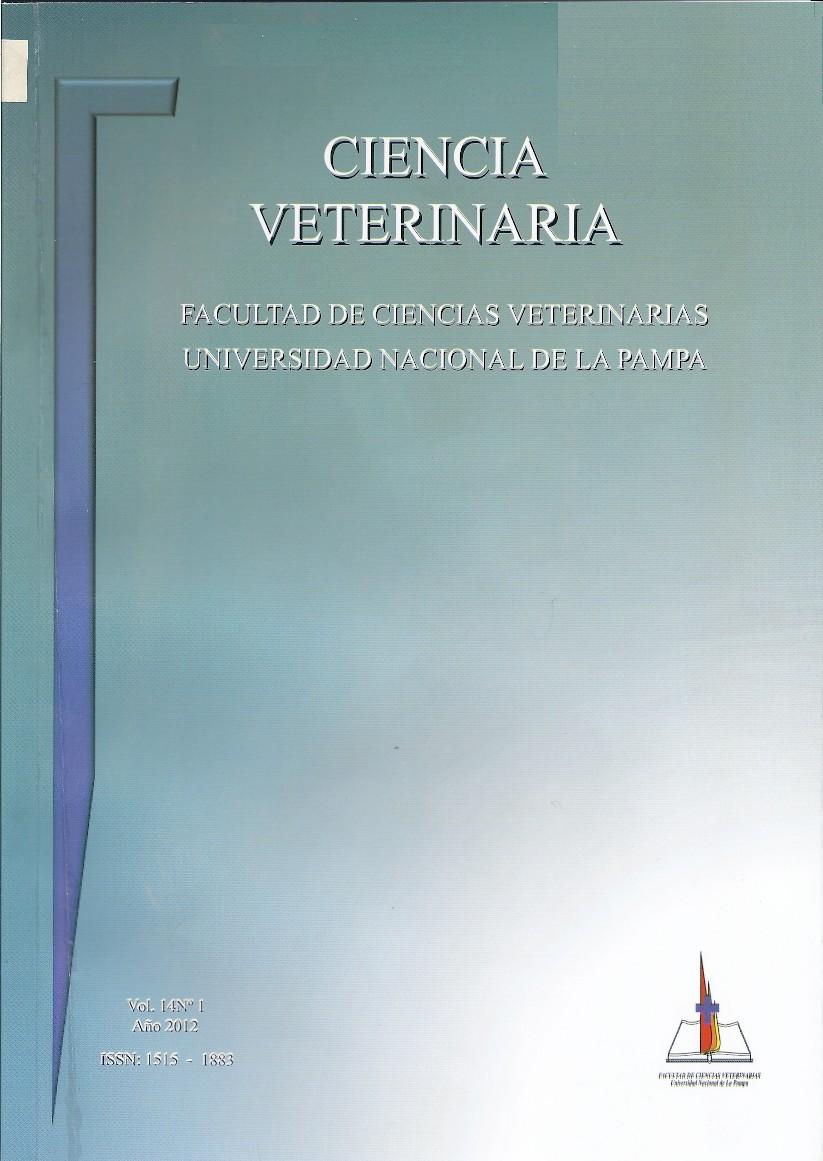Evaluation of the gastro-colic reflex and anatomo physiological intestinal integrity as a base of protocol of exploration of the digestive tract of equines
Keywords:
Equine, Gastrocolic Reflex, Anatomophysiology intestinalAbstract
The impaction of the colon and ileum occupy a large percentage of the casuistry of equine colic. Its resolution depends on the integrity of the gastrocolic reflex essential to keep hydrated content and motility. At present there is no clinical protocol an evaluation. The overall objective of this project, based on existing knowledge, was to make a standard for semiological and ultrasonographic study of the integrity of the gastrocolic reflex and anatomophysiology the stomach, small intestine, ileocecal valve, cecum and colon. The experiment was conducted on 10 healthy adult horses. We used an ultrasound Medison, Mysono model with a 5 MHz convex transducer and a DP50 Mindray Ultrasound, micro convex transducer of 5 to 8.5 MHz, using transcutaneous technique, in order to evaluate the transit from the stomach into the intestine and the influence it has faster gastric filling on colonic motility through the gastrocolic reflex. Ultrasound diagnosis supplemented in real time, in terms of echotexture, measurement and evaluation of peristalsis. The reflection is caused by the provision of early enteralfluids via nasogastric tube. The different fluid formulation was made for the purpose of assessing the degree of improvement of the ultrasound image, allowing accurate data from intestinal functionality, standardizing the clinical procedure.Downloads
Downloads
Published
How to Cite
Issue
Section
License
Al momento de enviar sus contribuciones, los colaboradores deberán declarar , de manera fehaciente, que poseen el permiso del archivo o repositorio donde se obtuvieron los documentos que se anexan al trabajo, cualquiera sea su formato (manuscritos inéditos, imágenes, archivos audiovisuales, etc.), permiso que los autoriza a publicarlos y reproducirlos, liberando a la revista y sus editores de toda responsabilidad o reclamo de terceros , los autores deben adherir a la licencia Creative Commons denominada “Atribución - No Comercial CC BY-NC-SA”, mediante la cual el autor permite copiar, reproducir, distribuir, comunicar públicamente la obra y generar obras derivadas, siempre y cuando se cite y reconozca al autor original. No se permite, sin embargo, utilizar la obra con fines comerciales.



4.png)


7.png)



